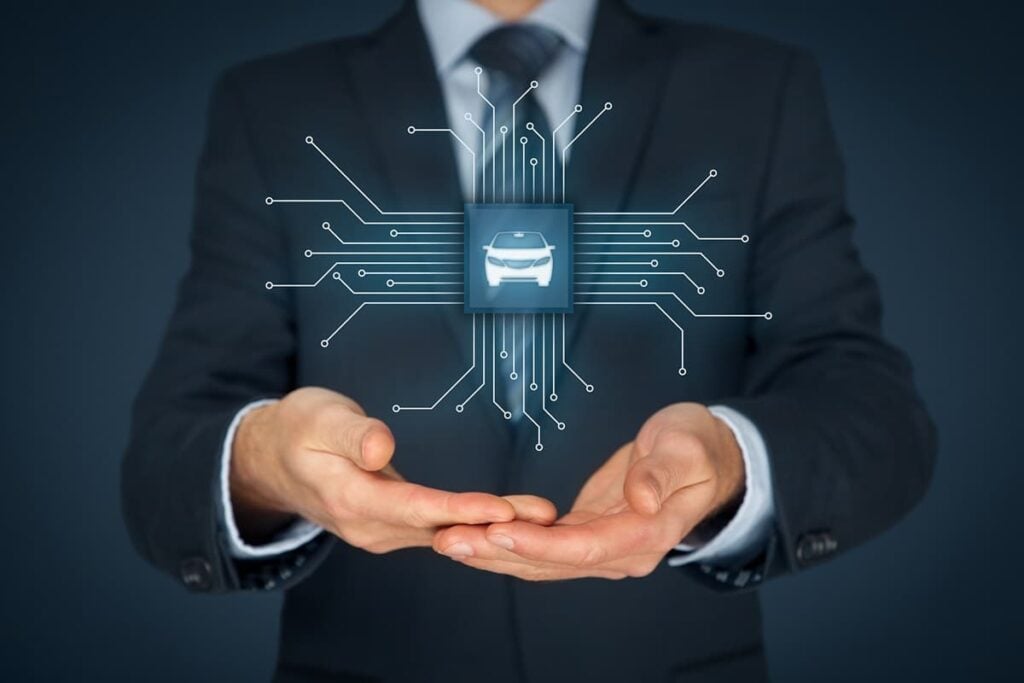Autonomous Ships from Sea Machines on Cruise Control
Table of contents

In our brave new world of contactless contact, automation is accelerating, whether it’s robots sanitizing hospital rooms or AI managing queues at retail operations. The trend is even spurring drone delivery by air and by ground-based robotic vehicles for last-mile deliveries. The eccentric billionaire that everyone loves to hate and short sell, Elon Musk, claims Tesla (TSLA) is on the verge of perfecting self-driving autonomy. Lost in this sea of automation news is what’s been happening on the other 70% of the Earth’s surface. Autonomous ships are beginning to travel the Seven Seas, and a startup called Sea Machines is one of the key companies equipping this next-generation robotic fleet.
Why Do We Need Autonomous Ships?
We first introduced you to Sea Machines last year in our article on some companies working on autonomous boat technology. In that piece, we noted how much of the global economy relies on ocean transport, with $1.5 trillion in cargo passing through U.S. seaports alone each year. One of the arguments in favor of autonomous ships is that intelligent navigation systems powered by artificial intelligence will cut down on collisions at sea. Purpose-built robotic ships, which theoretically can be controlled from anywhere with a good internet connection, will not require a crew. That means some vessels could go completely electric, depending on propulsion requirements, because autonomous ships can be considerably smaller without the need to squeeze the Skipper’s fat ass into the galley.
Autonomous Ships from Sea Machines
In fact, Boston-based Sea Machines is working on just such a design for an autonomous surveillance ship to monitor off-shore assets such as wind farms or cable routes. That’s in addition to the company’s growing line of industrial-grade intelligence systems that can automate many ship functions. Founded in 2014, the startup has raised about $27.3 million in disclosed funding after closing a $15 million Series B just a few days ago. Eight investors piled into the latest round, including Toyota’s AI-focused venture firm.

Another key investor is Huntington Ingalls Industries (HII), a shipbuilder with just one deep-pocketed customer – the U.S. military. A not-too-fluffy press release said the money comes with a partnership between Sea Machines and HII to “accelerate the deployment of self-piloting technologies in the rising market of unmanned naval boats and ships.” That’s not just the work of a PR hack trying to add value: Popular Mechanics reported that the U.S. Navy wants to fill its fleet with autonomous ships, including the world’s largest robotic warship. It even enlisted the help of the shadowy government agency known as DARPA.
Sea Machines Systems
Sea Machines launched its first commercial products in late 2018, consisting of the SM200 and SM300. Both are equipped with a joystick that allows an operator to remotely command manned or unmanned workboats within about a half-mile range from a nearshore location or another vessel. The SM300 offers more bells and whistles (we know this because it has a higher number), including the ability to be controlled from nearly any location that offers a reliable network connection. That remote control allows operators to engage on-board fire monitors, air quality sensors, sonar systems, and more. In addition, cameras installed on board provide a live, first-person view of the action. All of that adds up to level 4 autonomy, with dynamic obstacle avoidance, which means the ship is smart enough to avoid other vessels, buoys, and the great white whale.

Still in sea trials (last we heard, anyway) is the SM400, an autonomous ship system designed for larger vessels like cargo ships. It uses AI to identify and track objects at sea, as well as LiDAR and perception software. Sea Machines has partnered with shipping giant Maersk on the shakedown of, what the startup calls, the world’s first AI-powered situational awareness system aboard a container ship.
Use Cases
The company claims its systems are found in everything from large cargo vessels and survey boats to oil-spill response and search-and-rescue craft. The market strategy is based on a dealer-partner program with marine electronics integrators located in different parts of the world. The systems can either be retrofitted onto an existing vessel or installed during a new build. Like most arguments that push robotic automation, the company says its SM300 helps eliminate dull, dangerous, and dirty jobs. But according to the U.S. Bureau Labor Statistics, those water transportation jobs belong to about 83,400 people making a median annual salary of more than $57,000.

Here are some of the use cases, based on the capabilities of the SM300:
- Navigating routine routes, such as those used by passenger ferries or security boats.
- Cruising along a precise grid pattern, such as a research vessel mapping the seafloor. Commercial fishing and dredging operations also require highly predictable and precise routes.
- Performing tandem missions where two vessels outfitted with SM300 systems can collaborate autonomously, such as maintaining a set path, speed and distance apart. Tandem operations are often necessary for towing stuff or pulling a boom for the next Deepwater Horizon oil spill.
Sea Machines isn’t the only company eyeballing the autonomous shipping market.
IBM’s Mayflower Autonomous Ship
Analyst estimates of market size vary so widely that they’re largely meaningless measures. With that said, IBM quotes one research firm that states “the autonomous shipping market is set to grow from $90 billion today to over $130 billion by 2030.” It’s just a fraction of Intel’s $7 TRILLION estimate of how big the total autonomous vehicles market is, but enough to make IBM want a piece of it.
We recently wrote about how IBM’s new leader expects AI to be the way forward along with hybrid cloud. They’ve partnered with marine research organization ProMare to develop an AI Captain which will enable their unmanned ship – the Mayflower Autonomous Ship (MAS) – to self-navigate across the Atlantic later this year. It’s based on an entirely new ship design that appears to utilize solar as well.

IBM believes that “many of today’s autonomous ships are really just automated – robots which do not dynamically adapt to new situations and rely heavily on operator override.” Trained with over 1 million nautical images, Mayflower is expected to make decisions “at the edge” so that it can make decisions with no seafarers involved. Hopefully, it goes beyond being another “IBM Watson plays Jeopardy” publicity stunt, and turns into something meaningful.
Conclusion
We first wrote about autonomous shipping back in 2016 for a deep dive into what we called a drone cargo ship from Rolls Royce, which at the time predicted it would have sleek-looking, Bond Villain-esque craft ready to sail unmanned by 2025. Looks like Rolls Royce (RR) has revised its schedule to have an autonomous ocean-going vessel by 2035. Could a startup from Boston potentially beat a $5 billion company to digitizing marine operations? Or will it be an old technology dinosaur that’s longing to be relevant again?
Sign up to our newsletter to get more of our great research delivered straight to your inbox!
Nanalyze Weekly includes useful insights written by our team of underpaid MBAs, research on new disruptive technology stocks flying under the radar, and summaries of our recent research. Always 100% free.















